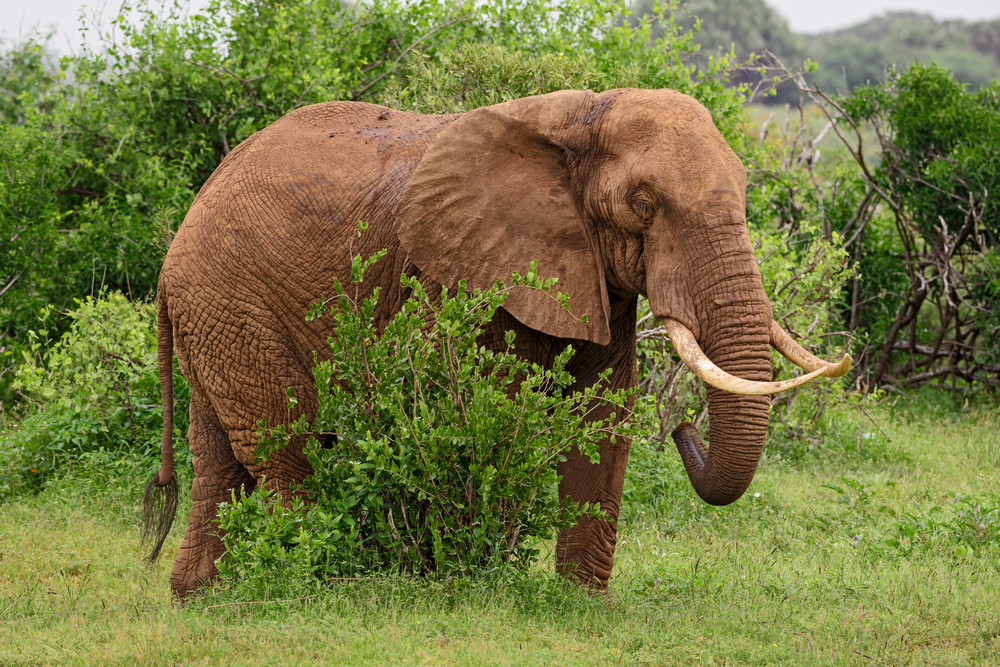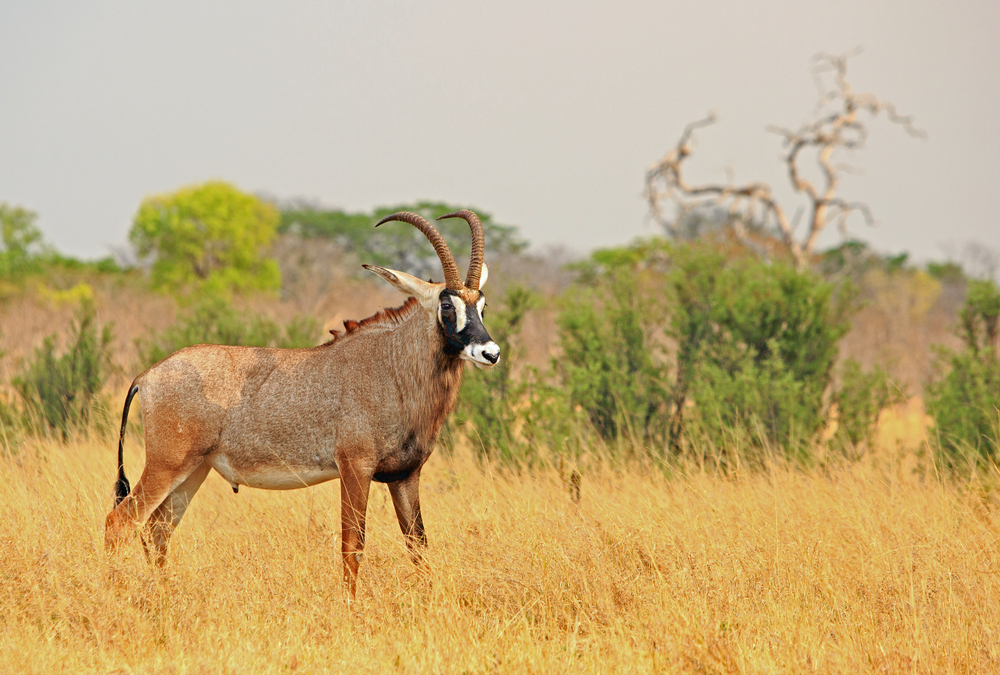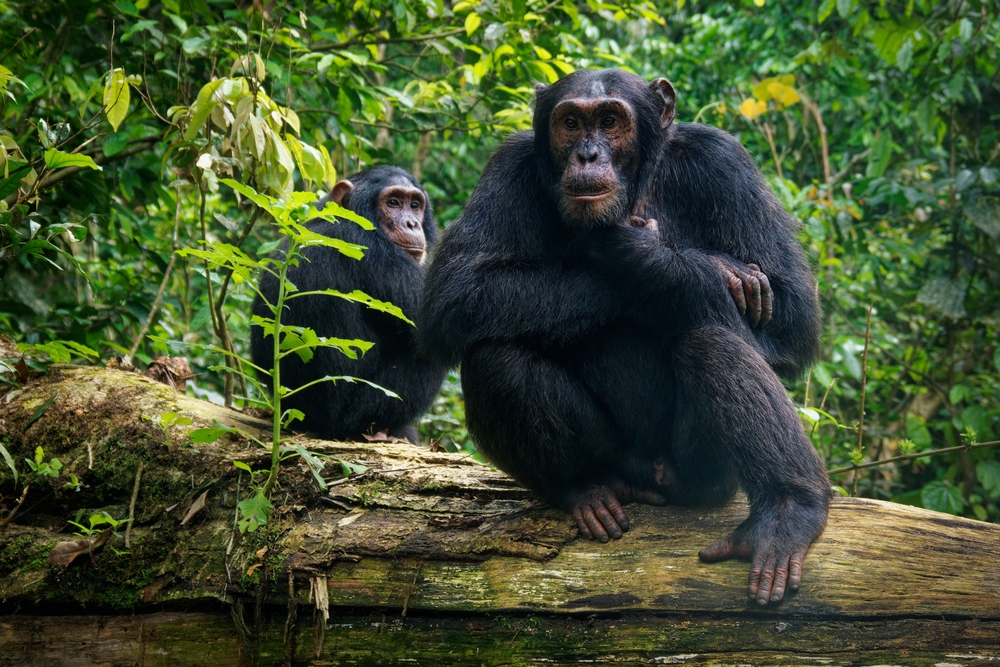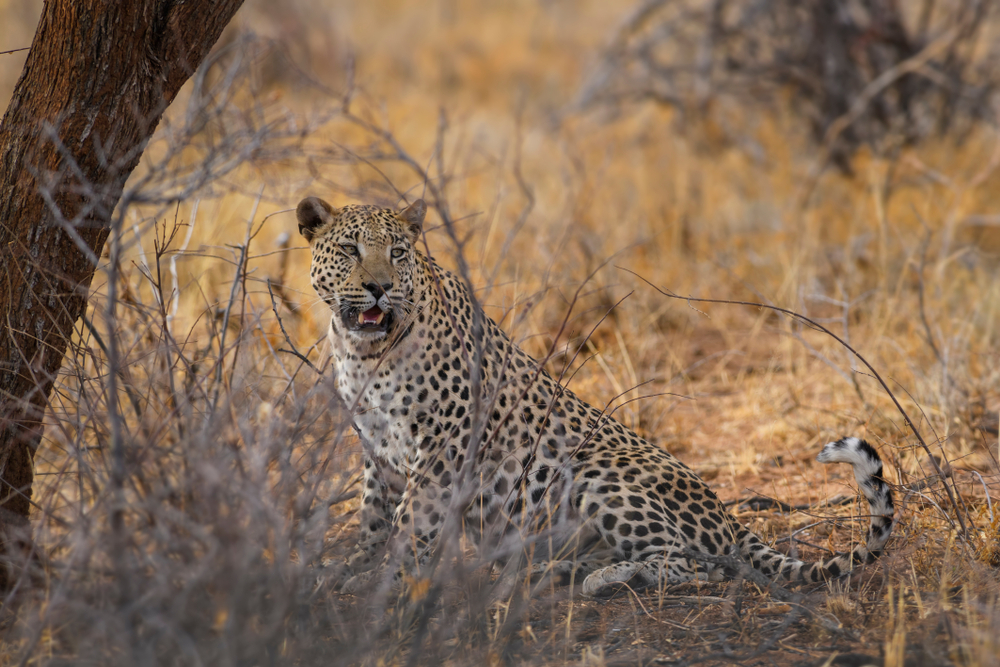Kainji Overview
Kainji National Park, located in northwestern Nigeria, is one of the country’s oldest and most significant protected areas. Established in 1978, the park spans approximately 5,382 square kilometers (2,078 square miles) across Niger and Kwara states. It is managed by the Nigeria National Park Service and serves as a critical habitat for wildlife, a key area for conservation, and an important resource for eco-tourism. The park is named after Kainji Lake, a large reservoir formed by the Kainji Dam on the Niger River, which is central to the park’s ecosystem and cultural identity.
The park is divided into three main sections: the Kainji Lake area, the Borgu Game Reserve, and the Zugurma Game Reserve. The terrain is a blend of rolling savannas, riverine forests, and rocky outcrops, creating a diverse landscape that supports a wide range of plant and animal species. The presence of Kainji Lake, with its vast stretches of water and associated wetlands, adds a unique dimension to the park, providing vital resources for aquatic and terrestrial wildlife.
Kainji National Park is home to an impressive array of wildlife. Large mammals such as elephants, hippopotamuses, and waterbucks can be found within its boundaries, while predators like lions, leopards, and hyenas roam the savanna regions. The park also supports smaller species such as warthogs, monkeys, and various antelope. The lake and wetlands are a haven for aquatic life, including crocodiles and numerous fish species, which are vital to the local fishing economy. Birdlife in the park is diverse, with over 200 recorded species, including African fish eagles, herons, and pelicans, making it a prime destination for birdwatchers.
Visitors to Kainji National Park can engage in various activities that highlight its natural beauty. Game drives through the Borgu and Zugurma reserves offer opportunities to observe wildlife in their natural habitats. Boat trips on Kainji Lake provide stunning views of the water and its surrounding landscapes while allowing visitors to spot aquatic wildlife. Fishing and guided nature walks are also popular activities. Cultural interactions with local communities near the park provide insights into their traditional lifestyles and the importance of conservation in their daily lives.
Despite its ecological and cultural significance, Kainji National Park faces challenges such as poaching, overfishing, and habitat encroachment due to agricultural expansion. Additionally, limited funding and infrastructure hinder conservation efforts and tourism development. To address these issues, the Nigeria National Park Service collaborates with international conservation organizations to implement anti-poaching measures, habitat restoration projects, and community engagement initiatives. These efforts aim to balance ecological preservation with sustainable development.
Kainji National Park remains a vital part of Nigeria’s natural heritage. Its rich biodiversity, diverse landscapes, and connection to Kainji Lake make it a unique destination for eco-tourists and researchers. Protecting this park is essential for maintaining its ecological integrity and ensuring its sustainability for future generations.













































































